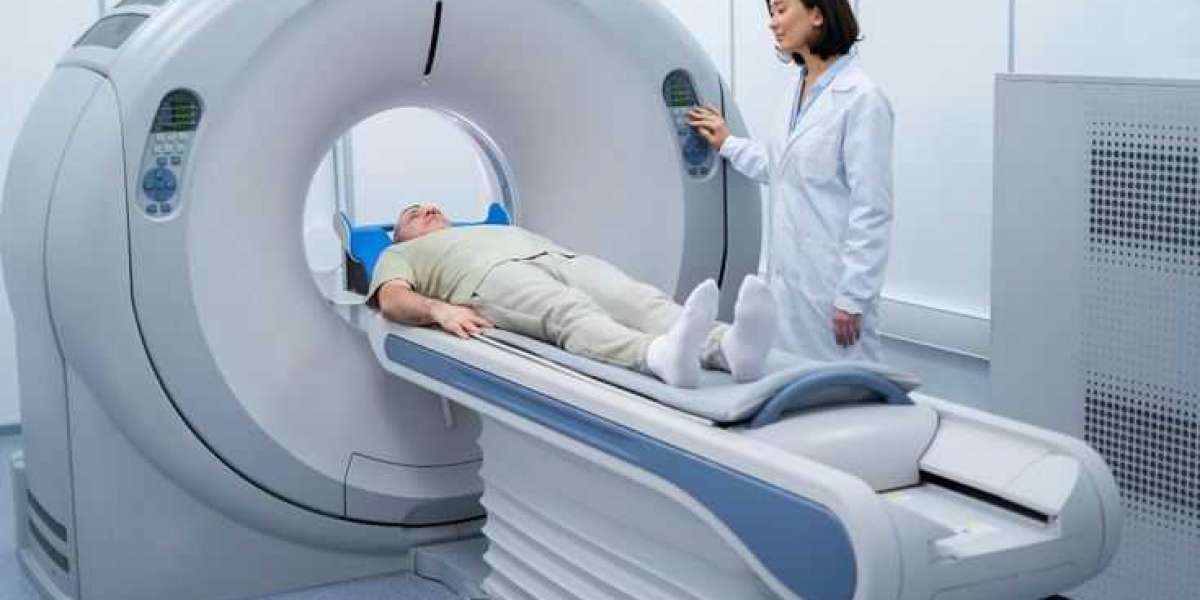In today’s fast-paced world, personal healthcare has moved beyond clinics and hospitals into our homes and onto our wrists—thanks to the rise of modern diagnostic products and wearable devices. These tools not only help detect health conditions early but also empower individuals to take proactive steps toward managing their well-being.
With chronic diseases like hypertension, diabetes, and heart issues on the rise, early detection and real-time monitoring have become essential. This is where diagnostic equipments and smart wearables come into play. Let’s explore seven key types of diagnostic tools and wearables that are making a real difference in the personal healthcare industry.
1. Digital Thermometers
Gone are the days of shaking a mercury thermometer and waiting minutes to get a reading. Digital thermometers are now standard in every household. These small but mighty devices provide instant temperature readings and are vital for monitoring fevers, especially in children and the elderly.
Some advanced versions even come with Bluetooth features, syncing data with apps to track changes over time. These fall under essential diagnostic products every home should have.
2. Blood Pressure Monitors
Home-based blood pressure monitors have become increasingly popular, especially among people over 40 or those with a family history of hypertension. These devices help individuals track their BP regularly and prevent silent killers like strokes or heart attacks.
Whether it’s an arm cuff machine or a wearable wrist monitor, these diagnostic tools are incredibly valuable for early intervention and lifestyle adjustments.
3. Glucometers
For those living with diabetes, a glucometer is more than just a tool—it’s a lifeline. These compact devices allow users to check their blood glucose levels anywhere, anytime.
Newer models offer app integration and smart analytics that track sugar level trends. With the rise in diabetes cases globally, glucometers remain one of the most critical diagnostic equipments in personal healthcare.
4. Pulse Oximeters
The COVID-19 pandemic taught us all the importance of blood oxygen levels. Pulse oximeters—small devices that clip onto your finger—measure oxygen saturation (SpO2) and heart rate in seconds.
They're essential for individuals with respiratory conditions, those recovering from illness, or even athletes tracking oxygen efficiency during training. Having one at home offers peace of mind and a sense of control over one’s health.
5. Wearable ECG Monitors
Wearables like smartwatches have gone beyond counting steps—they now include features like electrocardiogram (ECG) tracking. These wearable diagnostic products detect irregular heart rhythms and help identify early signs of cardiac problems.
For those with heart conditions or a family history of them, wearable ECG monitors offer constant, non-invasive observation and real-time alerts, potentially preventing serious incidents.
6. Smart Scales
More than just measuring your weight, smart scales provide data on body fat percentage, muscle mass, BMI, hydration levels, and more. These connected devices help users understand their body composition better and make informed lifestyle changes.
Paired with mobile apps, smart scales like the iHealth Wireless Scale allow you to set fitness goals and track your progress over weeks and months—making them a must-have diagnostic tool for health-conscious individuals.
7. Multi-Parameter Health Monitors
These all-in-one diagnostic devices combine multiple measurements—such as heart rate, blood pressure, oxygen saturation, and temperature—into a single compact unit. Particularly useful for elderly care or individuals with multiple health conditions, these monitors simplify tracking and reduce the need for multiple gadgets.
Some wearable versions even offer cloud connectivity and remote sharing with doctors—paving the way for virtual care and home-based diagnostics.
Why Are These Tools So Important?
The personal healthcare industry is moving towards empowerment—giving people control over their own health data. These diagnostic tools reduce dependency on frequent clinic visits, allow early intervention, and enable preventive care.
Moreover, as telemedicine grows, having these diagnostic products at home bridges the gap between patient and doctor, making virtual consultations more informed and effective.
Final Thoughts
The future of healthcare is not just in hospitals—it’s on our wrists, in our pockets, and at our fingertips. From digital thermometers to smart scales like the iHealth Wireless Scale, these modern diagnostic equipments are changing how we approach health and well-being.
Investing in the right tools doesn’t just add convenience—it could save lives. As technology continues to evolve, personal healthcare will only become more precise, accessible, and empowering for everyone.







